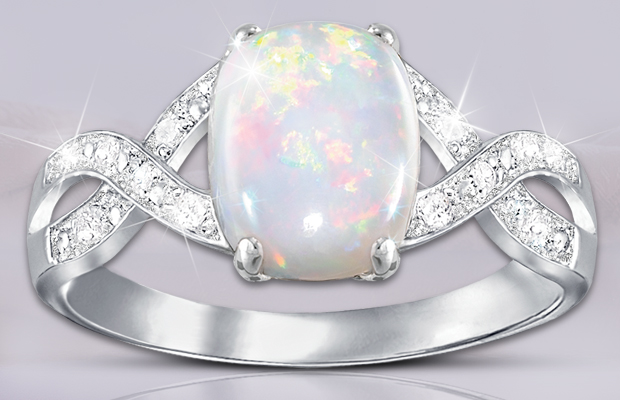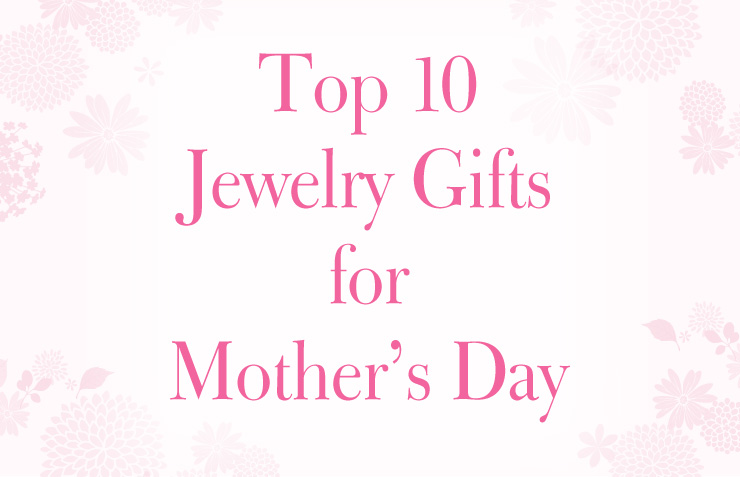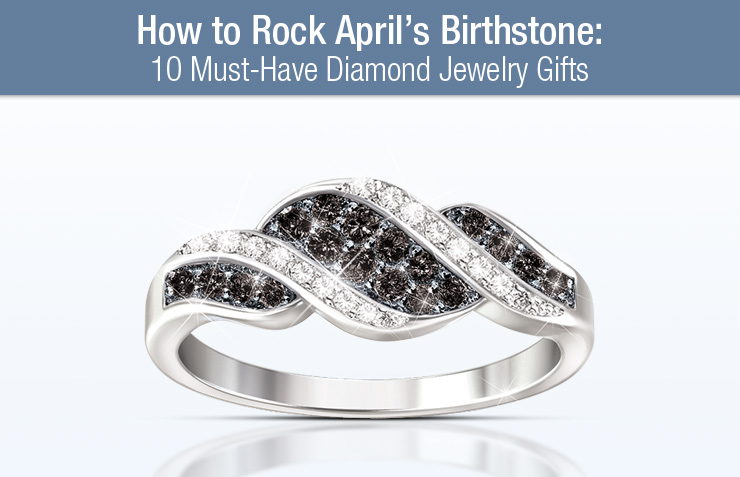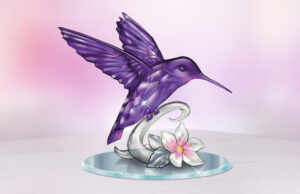A birthstone is a lovely way to add a personal touch of sparkle to jewelry and collectibles, not only because of its personal meaning, but because the symbolism and history of each birthstones is so richly fascinating. Since we’re into the swing of fall, I thought I’d share some facts about this month’s birthstone – or, in this case, birthstones. If you have a birthday in October, you actually have two options: opal, the original October birthstone, and tourmaline, which the Jewelry Industry Council added in 1952. Both are beautiful choices in their own right, but let’s begin with the more recent addition, tourmaline.
Tourmaline is a favorite among jewelry designers and gem collectors, prized for its glorious color spectrum. While the pink variety is most often associated with October, the stone occurs in a dazzling array of colors, ranging from greens and reds to blues and yellows. Some stones even showcase two or three colors, and still others change colors when viewed in artificial as opposed to natural light. Because of this spectacular diversity, almost every tourmaline is completely unique, making it a very special stone indeed.
In addition to its multitude of colors and sparkling beauty, tourmaline entices with its compelling mythology and history. For example, there is an ancient Egyptian legend that the stone traveled along a rainbow on its path from the center of the earth. As it went, it absorbed all its colors – which is why tourmaline is sometimes referred to as the “gemstone of the rainbow.” Its popularity in modern times didn’t really take off until the late 1800s, when a young American mineralogist named George Kunz sold a green tourmaline gem to Tiffany & Co. in New York City. As you can imagine, it didn’t take long for tourmaline’s desirability to spread after appearing in the most famous jewelry store in the world!
Tourmaline is clearly a spectacular option for October’s birthstone jewelry and gifts, and the alternative is every bit as alluring. The name opal derives from Sanskrit and Roman words meaning “precious stone,” and later from the Greek word “opallos,” meaning “to see a change of color.” Opals are famous for their iridescent beauty and the array of different colors that flashes when viewed from different angles. Its multi-chromatic properties have enchanted people from ancient times. There is even a mention of opals in the writings of the Roman historian Pliny the Elder, who described the stone as a shimmering union of several precious stones in one, containing the fiery red of rubies, the brilliant purple of amethysts and the sea-green splendor of emeralds.
Opal’s enchanting display of colors is only part of its appeal, however. The history and mythology behind the opal is as intriguing and diverse as the myriad of colors it displays. In ancient Rome, the opal was one of the most prized gemstones and a treasured symbol of love and hope. This symbolism can be seen in Eastern cultures as well, which referred to it as the “anchor of hope.” The stone also appears in Arab mythology, which claims that opals fell from the sky in flashes of lightning, forever imbued with its fire. According to Greek mythology, on the other hand, opals were formed from the tears of Zeus after the defeat of the Titans. The Greeks also believed that opals granted the power of prophecy, while other legends claim that it made the wearer invisible.
In more modern times, the opal has been an enduring source of fascination and admiration for both poets and royalty: Shakespeare called it the “queen of gems,” and Queen Victoria added to the stone’s popularity when she gave her children opal jewelry. Today, opals are regarded as symbols of hope, love and serenity, thought to inspire the imagination and promote a sense of inner calm. One look at a radiant opal, and it’s easy to see why! The play of light and color evokes the playful whimsy of a child, and the spectral delight of colors against a milky white background is so soothing to the spirit.
A spectral delight and a joy to behold, it’s no wonder that iridescent opals have charmed people throughout history and all over the world. Whether set in a beautiful pendant or flashing its brilliance in a gorgeous ring, fine opal jewelry is a treasure to be enjoyed as much for its beauty as for its captivating symbolism and history. It’s traditionally given as a 14th wedding anniversary gift, and of course it’s a superb choice for all you lucky October babies!
If you were born in October, what is your preferred birthstone – tourmaline or opal? Share your opinion in the comments! And if you’re looking for a unique birthday gift for someone born in October, head on over to our site, where you’ll find unique birthstone gifts, opal jewelry and more!
Exploring the Meaning and Symbolism of October's Birthstone by Ann Kelley










